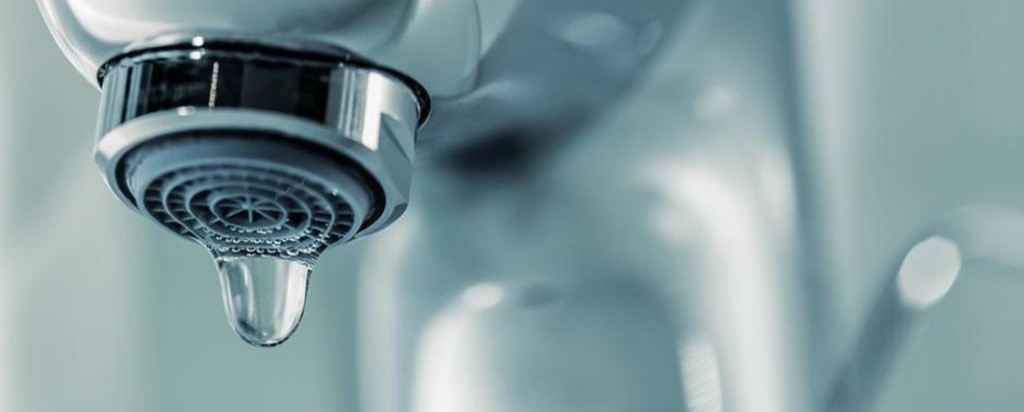Identifying and Fixing the Six Most Common Water Leaks in Your Home
Identifying and Fixing the Six Most Common Water Leaks in Your Home
Blog Article
They are making several good points on the subject of How to Find Water Leaks as a whole in the content down the page.

Leakages not only trigger waste of water but can also cause unneeded damages to your home and also promote undesirable organic growth. By understanding and also looking for daily scenarios that create leakages, you can safeguard your house from future leaks as well as unneeded damages.
Instant temperature level adjustments.
Extreme temperature level modifications in our pipelines can trigger them to expand and also acquire unexpectedly. This growth and tightening may trigger cracks in the pipelines, especially if the temperature are below freezing. If you kept an eye on exactly how your plumbing works, it would certainly be best. The visibility of the previously pointed out circumstances regularly indicates a high danger.
Corroded water systems
As time goes by, your plumbing system ages and also deterioration such as corrosion might begin gnawing the pipelines. This could be the source of discoloration or bending on your water pipes. This calls for an examination with your plumber promptly. Think about changing the pipelines given that they are at a higher risk of rust than the more recent models if our plumbing system is old.
Defective Pipe Joints
Pipe joints can deteriorate over time, resulting in water leaks. If you have loud pipes that make ticking or banging noises, particularly when the hot water is turned on, your pipeline joints are most likely under a great deal of pressure.
Intruding origins
Many water leaks start outside your house rather than inside it. If you notice an unexpected reduction in water pressure, state in your faucet, require time to head out and examine your lawn. You could observe wet patches or sinkholes in your backyard, and that could indicate that tree roots are invading water lines creating water to permeate out. You can have your plumber check for intrusion, especially if you have trees or shrubs near your residential or commercial property.
Poor Water Connectors
Sometimes, a leak can be brought on by loose hoses and pipelines that supply your devices. Typically, moving is what creates the loose water Connections. You may find when it comes to a washing equipment, a hose pipe might spring a leak as a result of drinking during the spin cycle. In case of a water links leak, you might notice water running straight from the supply line or pools around your home appliances.
Blocked Drains
Obstructed drains pipes could be frustrating and inconveniencing, however they can occasionally end up triggering an overflow bring about rupture pipelines. Keep eliminating any kind of materials that might drop your drains that could block them to prevent such troubles.
All the above are sources of leakages but not all water leaks result from plumbing leakages; some leakages could come from roofing system leakages. All leakages ought to be fixed quickly to avoid water damage.
Leaks not just create waste of water but can also create unneeded damages to your home and promote undesirable natural development. By looking as well as recognizing for day-to-day situations that cause leaks, you can safeguard your residence from future leakages and also unneeded damages. Today, we will look at six leak causes that might be triggering your pipelines to trickle.
At times, a leakage can be created by loosened hoses and pipes that provide your home appliances. In situation of a water links leak, you may observe water running directly from the supply line or puddles around your appliances.
How To Check For Water Leak In Your Home
How To Check for Leaks
The average household's leaks can account for nearly 10,000 gallons of water wasted every year and ten percent of homes have leaks that waste 90 gallons or more per day. Common types of leaks found in the home are worn toilet flappers, dripping faucets, and other leaking valves. These types of leaks are often easy to fix, requiring only a few tools and hardware that can pay for themselves in water savings. Fixing easily corrected household water leaks can save homeowners about 10 percent on their water bills.
To check for leaks in your home, you first need to determine whether you're wasting water and then identify the source of the leak. Here are some tips for finding leaks:
Take a look at your water usage during a colder month, such as January or February. If a family of four exceeds 12,000 gallons per month, there are serious leaks.
Check your water meter before and after a two-hour period when no water is being used. If the meter changes at all, you probably have a leak.
Identify toilet leaks by placing a drop of food coloring in the toilet tank. If any color shows up in the bowl after 10 minutes, you have a leak. (Be sure to flush immediately after the experiment to avoid staining the tank.)
Examine faucet gaskets and pipe fittings for any water on the outside of the pipe to check for surface leaks.
Undetected water leaks can happen without the home or business owner even realizing. If you suspect a water leak, but not able to find the source. It is time to contact a professional water leak detection service, The Leak Doctor.
How To Find a Water Leak In Your Home
https://www.leakdoctor.com/blog/How-To-Check-For-Water-Leak-In-Your-Home_AE197.html

As a passionate person who reads on Common Water Leaks In House, I was thinking sharing that excerpt was sensible. For those who appreciated our blog post please don't forget to pass it around. Thanks a lot for your time. Please check our website back soon.
See Availability Report this page